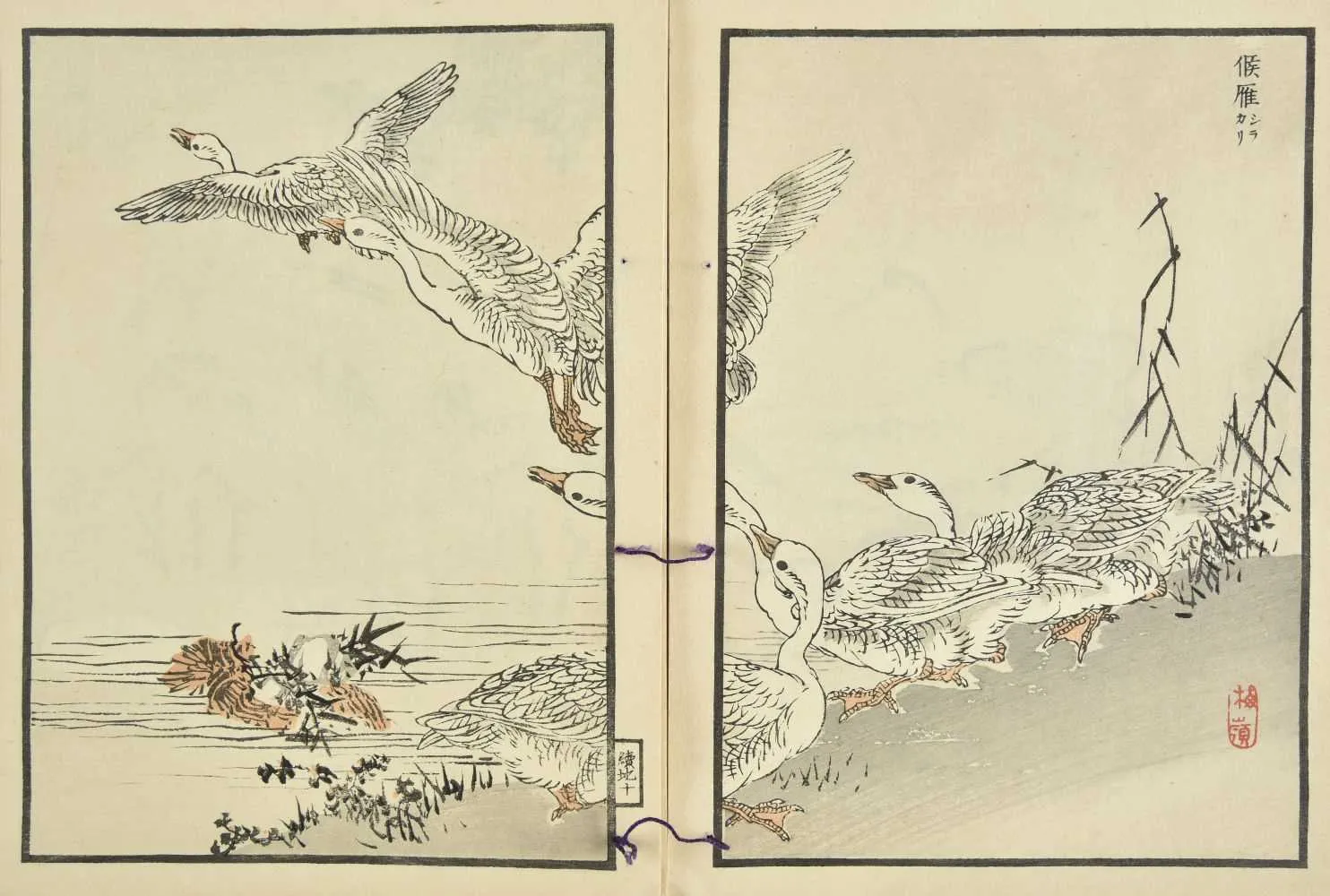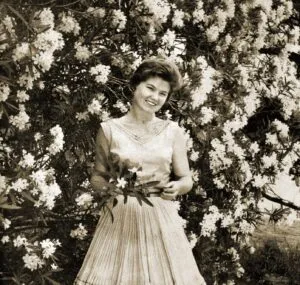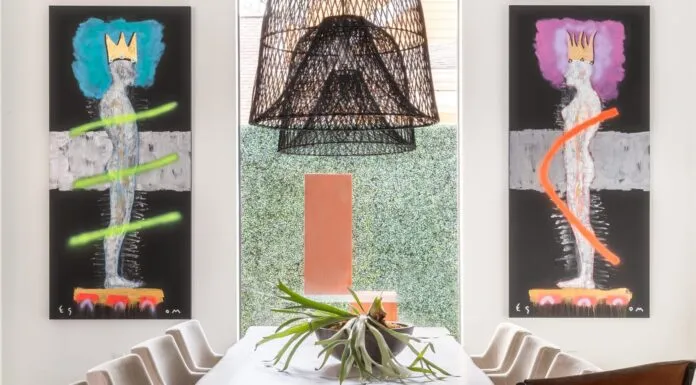
Discover hidden Japanese treasures in the LSU Libraries Special Collections
It’s possible to peek into the Eastern world without leaving Baton Rouge, thanks to the hidden gem that is LSU Libraries’ Special Collection of Japanese illustrated books and prints. What’s a university in Louisiana doing with a special collection of Japanese texts and artworks? Well, the two places are connected in more ways than you might think. Librarian John Miles gave us some insight into this special collection.
“One of the interesting things that links Louisiana to Japan is the life of journalist and author Lafcadio Hearn, also known as Koizumi Yakumo,” Miles says. “Hearn was born in Greece in 1850 but moved to Ireland at a young age. As a young man, he came to the United States and found work as a journalist, eventually making his way to New Orleans, where he became a fixture in the city’s literary circles. He later traveled to Japan on assignment, and ended up spending the remainder of his life there. And it was here where Hearn gained his greatest fame in both Japan and the English-speaking world, as his writing was among the first to present Japan in a detailed way to the West. He wrote some 15 books about Japan before his death in 1904 in Tokyo.”

Hearn was a vital figure in presenting Japanese culture to the western world, Miles adds.
“In short, this man—a one-time fixture in New Orleans, popular for his portrayals of that city—later became central to introducing Japan to the English-speaking world at the turn of the 20th century,” explains Miles. “We collect Hearn’s work as a part of our mission to document Louisiana’s history, and his books form an interesting bridge to Japanese works of the same period, which in part prompted our acquisition of these books and prints. They are valuable in their own right as fine specimens of Japan’s long and rich tradition of book production, a legacy that is both diverse and deep.”
Want to check out some of these rare Japanese works for yourself? These are some of Miles’ favorites:
“One interesting piece is the seven-volume work Seiyō shinsho, edited by Kinga Baitei and published in 1872. This is an illustrated Japanese history of the United States depicting some of the recognizable figures and events in American history, but as realized through Japanese artistic traditions,” says Miles. “In terms of prints, I really like the triptych of Lieutenant Commander Yamanaka on board the ship Fiji in the battle at Port Royal–Ryojunkô no kaisen ni waga Fuji hôjutsuchô Yamanaka shôsa funsen. It conveys a movement and lightness to the viewer, almost as if the smoke of the battle could waft off of its three delicate sheets of paper. Finally, I really enjoy maps, and the travel map Dai nihon dōchū saikenzu, published in 1878, has a lot to offer. It was engraved on a copper plate, with woodblock coloring added, and it depicts the major cities and travel routes of the Meiji era, complete with pictographs of mountains and ships in the sea.”
To find out more about the Japanese illustrated books and prints of the LSU Libraries’ Special Collections, visit guides.lib.lsu.edu/rarebooks/japanese-illustrated-books.











